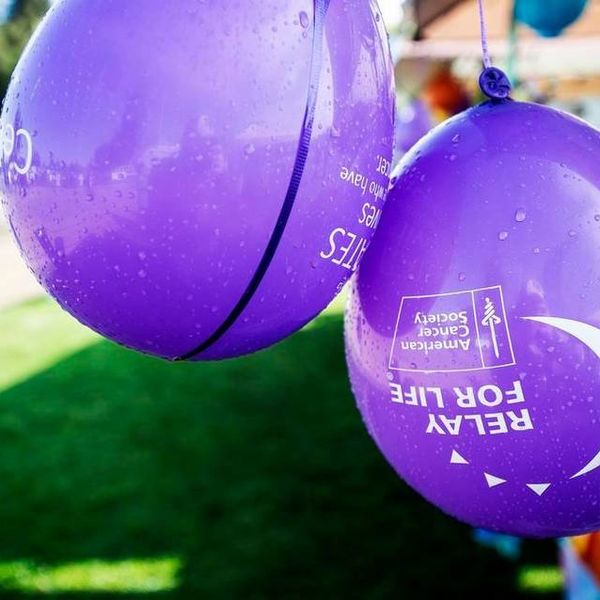My entire life I've had people comment on my hair, and tell me how much they admired it and how they wish they had it. It's something I grew up with, and I really appreciated my curly locks regardless of how many nicknames I received when I was a kid.
When my younger sister told me she wanted to donate her hair to children in need, obviously I was more than supportive and explained to her how it all worked. But after looking a little further then the surface of cute advertisements or shady disclaimers, I realized where I wanted her beautiful blonde hair.
I'll start off by saying Locks for Love does not in fact provide hair pieces to kids with cancer. They “[provide] hairpieces to financially disadvantaged children under age 21 suffering from long-term medical hair loss from any diagnosis." This would mean that ultimately it would exclude hair loss from cancer treatment, since the hair loss is temporary through treatment. Locks of Love primarily works with kids with alopecia areata, an autoimmune disorder that causes follicle death. An important cause none the less but still not focusing on a large scale group of people in need.
So if you have donated to Locks For Love, you may have helped a child, but it may not be the child that you had.
But sadly your hair probably won't make the cut. (Get it?)
In order for hair to be made into a high-quality wig or prosthesis, it must be a minimum length (10 inches or longer) and have minimal damage. While the Locks of Love website makes clear that it will accept hair that has been colored (but not bleached) or permed, most hair that has been processed in any way is too damaged to make prosthetic hair pieces such as the ones that they provide to those in need.
In 2002, Locks of Love had received enough donated hair to make 10,000 hair pieces from people all over the United States. (Say 10 ponytails per hair piece, that adds up to at least 100,000 donations that were acceptable for making a wig.) In that same year, the charity provided only 174 hair pieces. These numbers aren't made up or estimates. They are what they produced and made publicly known.
To be fair, other hair donation charities like Wigs 4 Kids also sell excess hair. The only difference is the proceeds from the sales typically go toward operating costs, and in the case of Locks of Love, the excess is donated to alopecia research. To me, however, my hair is worth much more than the $3 that it will likely be sold for. The market probably values it more, as well. If I were to sell my hair and donate the proceeds, it would likely do more good than donating the hair itself. Only because it will end up getting moldy in a bag from sitting for weeks in a humid Central Florida Warehouse and then resold to a company where it will never benefit anyone.
Locks of Love is one of the largest and most visible of hair donation charities that are known. But are also one of the least forthcoming about their practices. My goal in writing this was not to exploit any company but rather to make aware to those donating where in fact the hair that they've waited so long to donate actually goes too.
Locks of Love. “Mission and Vision.” http://www.locksoflove.org/mission.html
Locks of Love. “Our Prostheses.” http://www.locksoflove.org/prostheses.html
Hayt, Elizabeth. “Lather, Rinse, Donate.” The New York Times. http://www.nytimes.com/2007/09/06/fashion/06locks.html?pagewanted=print
Flipflopjou. “Locks of Love.” http://www.squidoo.com/locksoflove
MSNBC. (April 12, 2004) “Sell Yourself for Cash.” http://www.msnbc.msn.com/id/3949869/






















